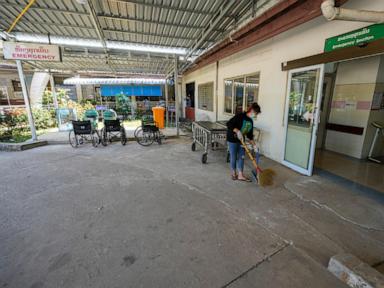Roughly a quarter of Americans have chronic pain, a condition that interferes with daily life and can lead to depression and anxiety, according to a new report. Chronic pain lasts longer than three months and may come and go, according to the Cleveland Clinic . High-impact chronic pain is more severe, significantly impairing a person's daily life and ability to function, the International Association for the Study of Pain reports.
And the number of adults living with this kind of discomfort has been rising. From 2019 to 2023, the percentage of adults who reported chronic pain grew from 20.4% to 24.
3%, and the percentage who said they have high-impact chronic pain jumped from 7.4% to 8.5% , according to data released this month from the Centers for Disease Control and Prevention.
Research shows that chronic pain negatively impacts quality of life , is linked to a higher risk of mental health disorders and is associated – as the opioid epidemic demonstrated – with abuse of prescription painkillers. The affliction also has a significant financial impact because it complicates other medical conditions, reduces worker productivity and is associated with high medical costs. A seminal 2012 study estimated that the total costs of chronic pain in the United States ranged from $560 billion to $635 billion (in 2010 dollars).
Those estimates were conservative because they did not include costs associated with pain for nursing home residents, children, military personnel and people wh.


















